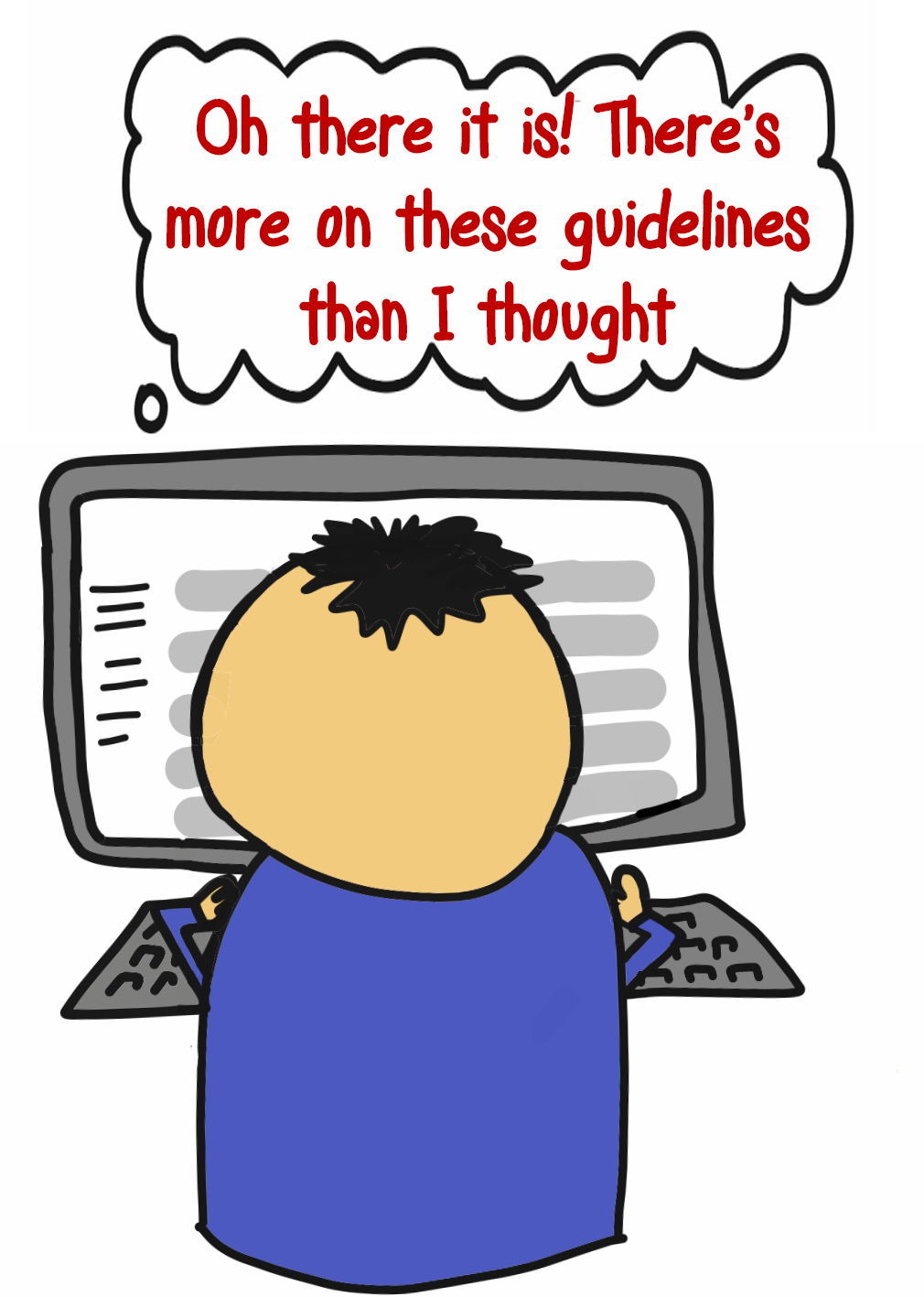A lot of students panic about referencing, especially when it comes to citing anything not included in the guidelines for the referencing scheme they are using. However, the reality of this situation is simple – if there are no guidelines for the source type you are using, there is nothing you can be marked against. As such, it is your responsibility to appropriately cite the source.
Before creating your own citation format for a source type not in the guidelines, there are two key questions you should consider:
1 – Is this an appropriate source?

Just because the source you want to use does not appear in the referencing guidelines, it does not mean you can’t use it. It is however important to consider if it is an appropriate source of information. One of the crucial elements of referencing is providing enough information for someone else to be able to see the same source that you have used. If the source is not published in some way, this can make it very difficult to present as a usable citation for your reader.
2 – Is this source type *definitely* not in the list?
Referencing guidelines are often extensive – particularly the University of Hull Harvard and the University of Hull Footnotes guidelines. A lot of referencing mistakes happen because students are not familiar with all of the source types in the guidelines. You do not want to accidentally create your own citation format for something that is actually in the guidelines. As such, you should carefully check each section of the guidelines, particularly:

- Official Governmental and NGO documents
- Other documents
- Online sources
If you aren’t sure about the source types in the guidelines, have a look at the examples within to see if any match the information present in your source. It is really important that you use the right source type if it is available. In particular, we see a lot of journal articles, Acts of Parliament, governmental publications and books referenced like web pages. While you may have found the source online, this does not mean it is a web page.
If you’ve considered both of these points, read on to see how to create your own citation format.
How to make your own citation
As suggested in the introduction, if the source type doesn’t exist in the guidelines, then there isn’t a standard way to cite that particular source. You must however ensure:

- You provide enough information for someone else to find the source you used
- You provide that information in a format consistent with the guidelines you are using.
As long as you meet these two objectives, you are appropriately citing your source.
Both the University of Hull Harvard and the University of Hull Footnotes referencing guidelines contain an ‘anything else’ section. This provides a base template for creating your own citation for an unsupported source type.
Anything else – Harvard
Author/Creator (Year) Title or description [Medium if not obvious]. Anything that identifies it specifically. Any other information about where or when you saw it or that can help someone else find it.
Anything else – Footnotes
Full footnote:
Initial(s). Surname of author/creator, Title or description [Medium if not obvious]. Anything that identifies it specifically (Any other information about where or when you saw it or that can help someone else find it, including date).
Short footnote:
Surname of Author(s)/Creator(s), Title or description.
Bibliography entry:
Surname, Initial(s). of Author/Creator, Title or description [Medium if not obvious]. Anything that identifies it specifically. Any other information about where or when you saw it or that can help someone else find it, including date.
Putting this together
The ‘anything else’ guidelines above should be read in the context of the whole guideline and you should use the other source types within the guidelines as a basis for your own. For example, if the source you are using was found online, the end of the ‘web page’ source type will provide the appropriate information to find the source and can be merged into the end of the ‘anything else’ examples above.
Remember, if it’s not in the guidelines, you can’t get it ‘wrong’. Just follow a similar pattern to another source, using any information you have about your source.
